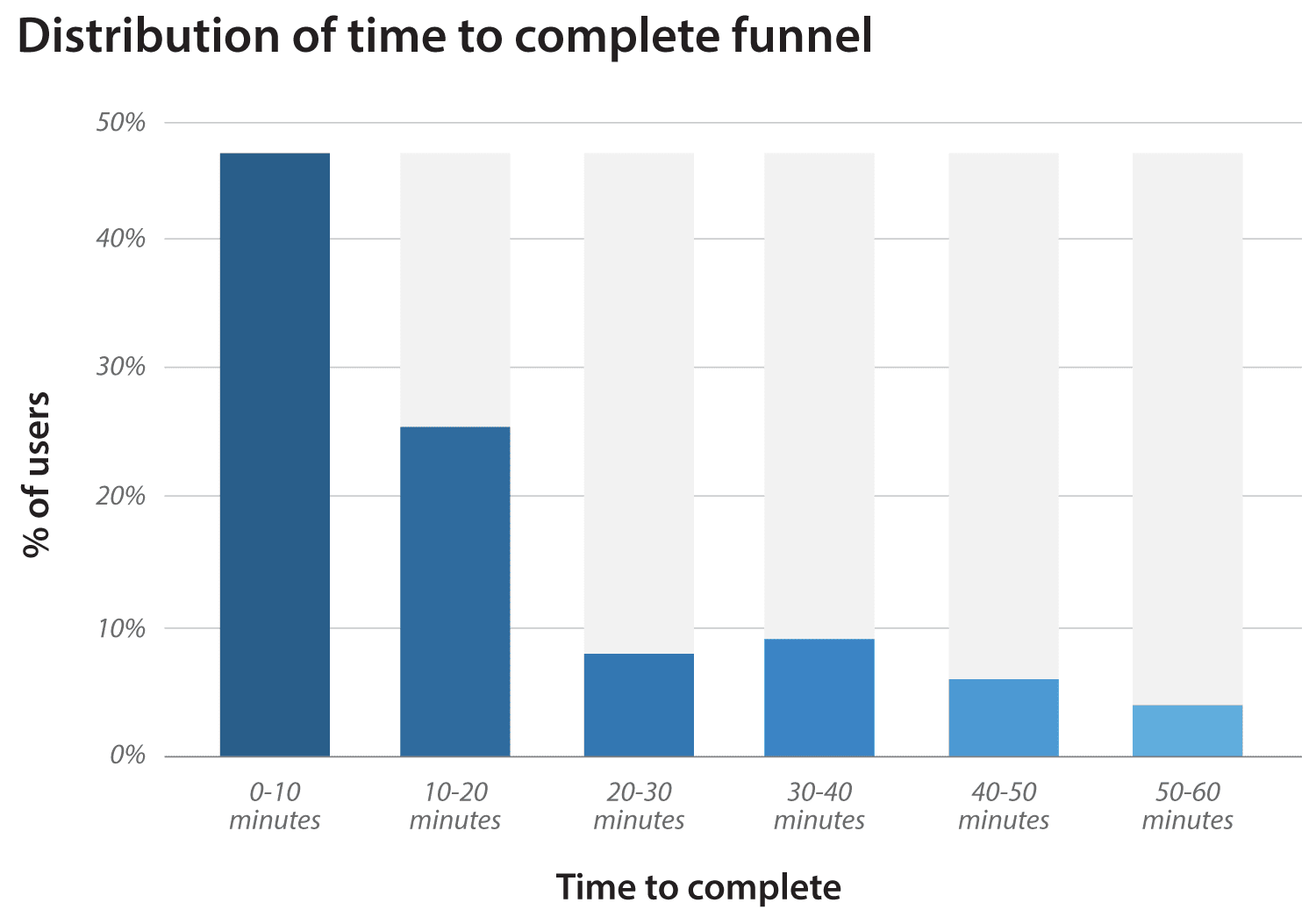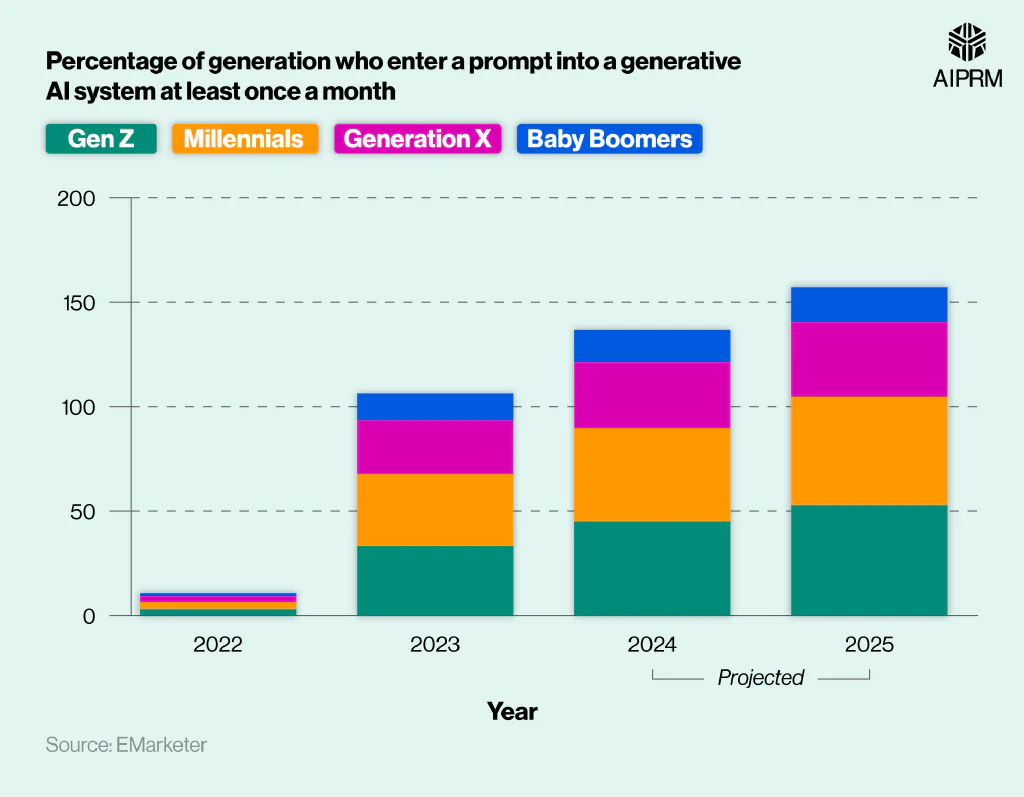The integration of generative AI into content creation has notably changed the landscape for content creators and digital marketers. This technology streamlines traditionally labor-intensive tasks, enabling users to generate engaging content without needing advanced coding skills. As generative AI technology continues to develop, it finds applications across various domains, including video games, marketing campaigns, and interactive content. The benefits of this integration are extensive, including improved efficiency, personalized user experiences, and the capacity to create dynamic content that resonates with audiences.
Organizations like Coca-Cola have effectively used AI technology for personalized marketing campaigns, reporting increased sales linked to targeted customer engagement. Similarly, Netflix leverages an AI-driven recommendation system that influences over 80% of the content its users watch. As generative AI becomes increasingly accessible, it is crucial for content creators and digital marketers to understand its capabilities and limitations, ensuring these powerful tools are utilized effectively.
How Generative AI is Revolutionizing Content Creation
Generative AI refers to algorithms capable of creating content—text, images, or audio—by learning from extensive datasets. This innovation has significant implications for content production, allowing marketers to generate high-quality material with minimal effort.
Various AI tools, including OpenAI's GPT-3 and DALL-E, enable users to create engaging content without requiring advanced technical expertise. Through simple descriptive prompts, creators can generate written articles, visual designs, and multimedia formats. This democratization of content production empowers small businesses and independent creators, allowing them to compete effectively in a crowded marketplace.
Furthermore, AI-driven content personalization techniques can be tailored to specific user preferences, enhancing the efficiency of marketing campaigns. Research indicates that Coca-Cola’s personalized marketing efforts resulted in a 2% sales increase and an impressive 870% boost in social media engagement. Likewise, Netflix’s use of AI recommendations has been shown to drive 80% of the content consumed on its platform. These examples underscore how generative AI can elevate content quality while significantly enhancing user engagement.
An infographic showcasing current statistics and trends in generative AI. (Source: AIPRM)
AI Tools Every Content Creator Should Know
The content creation landscape is filled with AI tools that simplify the production process. Tools such as Jasper, Copy.ai, and Canva utilize generative AI to assist creators in developing high-quality content quickly and efficiently.
Jasper, an AI writing assistant, allows users to generate articles, blog posts, and marketing copy with ease, thereby enhancing productivity without requiring extensive writing skills. Similarly, DALL-E enables users to create visuals based on textual descriptions, which can dramatically elevate the creativity of digital assets. For example, Tomorrow Sleep has optimized its brand strategy by employing AI-generated visuals to enhance its marketing efforts.
User-friendly platforms, such as Synthesia, facilitate the creation of AI-generated video content without the need for costly production teams. These innovations not only streamline workflows but also democratize access to professional-grade content creation, allowing smaller brands to deliver impactful storytelling akin to that of larger entities.

Screenshot displaying popular AI tools available for content creation. (Source: Hooked on Innovation)
Unlocking User Engagement with Interactive Content
Interactive content enhanced by generative AI has become a key strategy for boosting audience engagement. This type of content encourages users to participate actively rather than passively consume information. It can take various forms, such as quizzes, interactive videos, and dynamic storytelling, thereby enhancing user experience and fostering deeper connections with brands.
For instance, the game "Hidden Door," launched in 2024, utilizes an AI narrator to create adaptive narratives that evolve according to user interactions. This design element encourages players to engage personally with the storyline and characters, significantly increasing their investment in the gaming experience.
To gauge the effectiveness of interactive content, platforms often analyze engagement metrics, including the frequency of interactions per session and overall user retention rates. Research from Gainsight indicates that platforms utilizing interactive elements regularly experience increased user engagement metrics. Companies like Coca-Cola and Netflix illustrate how attention to detail and user preferences can lead to improved viewer satisfaction and loyalty.

A graph showcasing various user engagement metrics related to interactive content. (Source: Gainsight)
Navigating the Challenges of Generative AI in Real-Time Content Creation
Despite the advantages, deploying generative AI comes with challenges, particularly in real-time content generation. Key issues include latency, processing power, and the need to maintain high-quality outputs under time constraints.
Real-time content generation requires substantial computational resources, as generating assets and narratives on-the-fly can be demanding even for advanced AI models. Latency can become a significant issue when systems are overloaded, resulting in delays that may hinder user experience. Furthermore, as the number of simultaneous interactions increases, maintaining consistent quality can be a challenge, potentially leading to user dissatisfaction.
Technical teams invest considerable effort in testing and optimization to mitigate these challenges, focusing on enhancing processing efficiency and ensuring that the produced content remains relevant and timely. Continuous collaboration among developers is crucial for refining these AI models, working to establish a balance between quality and responsiveness.

A flowchart depicting the challenges associated with content generation in real-time scenarios. (Source: CMCC)
The Future of Interactive Content: Predictions and Innovations
Experts predict that the future of content creation will be significantly influenced by generative AI, paving the way for more personalized and adaptive digital experiences. According to McKinsey, the focus will shift toward not only creating content but also facilitating user interaction to enhance engagement metrics across various platforms.
The anticipated progression towards an "AI-first" approach in media production means that AI will take precedence in the creative process, with human input reserved for refinement and quality assurance. The AI-generated film “The Frost” exemplifies this evolving model in creative industries.
Moreover, reliance on data-driven insights will prompt the development of new metrics to evaluate success in interactive content creation. These metrics will likely emphasize real-time responsiveness and personalization effectiveness, reshaping the evaluation landscape for digital marketing strategies.

A timeline illustrating predictions and milestones related to generative AI in the coming years. (Source: Office Timeline)
Embracing AI Responsibly: Strategies for Ethical Content Creation
As generative AI continues to advance, it is crucial for content creators and marketers to adopt responsible practices to mitigate potential risks, especially regarding misinformation and copyright infringement. Rapid content generation can sometimes facilitate the spread of false information, presenting significant ethical dilemmas.
Implementing robust verification processes to ensure the accuracy of generated content is a best practice for ethical AI usage. Establishing clear guidelines that promote transparency and accountability is essential, particularly in marketing efforts, to ensure proper citation of AI-generated content while maintaining accountability for information dissemination.
Content creators must also be mindful of the legal implications surrounding copyright when it comes to AI-generated works. Ongoing discussions in legislative circles highlight the urgency of creating comprehensive frameworks governing AI usage in content production. Fostering a culture of ethical AI practice not only protects brands but also helps cultivate trust among consumers.

A diagram showcasing ethical frameworks and best practices for AI in content creation. (Source: Toptal)
In conclusion, generative AI is reshaping content creation and marketing strategies through enhanced personalization, interactive design, and improved engagement tactics. While embracing the benefits of this technology, content creators and digital marketers must navigate challenges related to real-time data processing, ethical usage, and evolving legal frameworks. By fostering responsible practices and pursuing continuous innovation, the future of interactive content has the potential to offer significantly enriched user experiences and maintain relevance in an ever-changing digital landscape.

Komentar (0)
Masuk untuk berpartisipasi dalam diskusi atau .